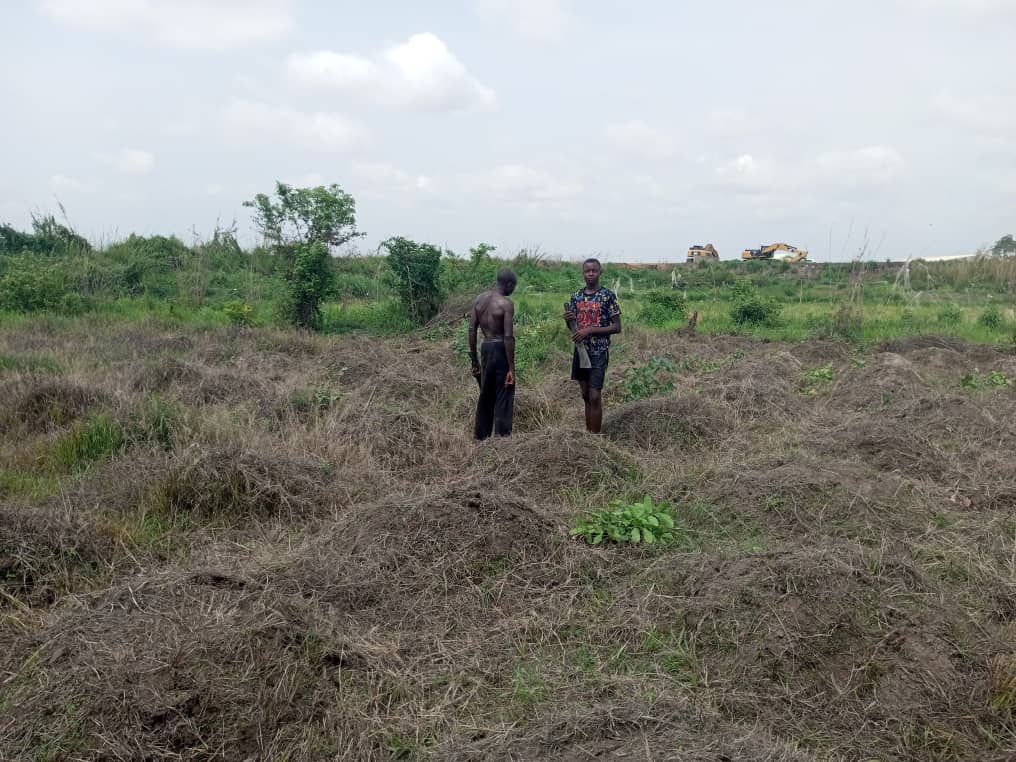By Alfred Ajayi
The delay in the onset of the rainy season is a growing concern among farmers in many parts of the country.
Various factors, including natural weather patterns, regional atmospheric conditions, and climate change, influence the delay. Climate change has led to shifts in weather patterns worldwide, including delayed rainy seasons, increased rainfall intensity, and even droughts.
Climate change affects the timing and distribution of rainfall, making it unpredictable. For example, the onset of rainy seasons may become later than usual, or rainfalls may become more sporadic. Changes in ocean temperatures (warmer ocean temperatures), also caused by climate change, influences weather systems and can affect the timing and amount of rainfall in different regions.
There is also the increased temperatures and evaporation (higher global temperatures) leading to faster evaporation rates.
This might delay the buildup of moisture in the atmosphere, which the atmosphere critically needs for rainfall.
The delay could result from changes in atmospheric circulation as the warming of the Earth’s surface can alter atmospheric circulation patterns, causing a delay in the movement of rain-bringing weather systems.
Effects of delay in rainfall varies depending on the region. Handling such development needs a good understanding of the local weather patterns and the broader context of climate shifts.
Coping Measures
Farmers should not feel helpless in the face of this reality as there are some proactive steps they can take to prepare for planting and mitigate potential risks.
One of such measures is soil preparation and conservation, which include: mulching (covering soil with organic materials to retain moisture and prevent excessive heat), minimum tillage (reducing soil disturbance to preserve soil moisture) and cover cropping, which is about planting drought-resistant cover crops to protect the soil.
Farmers should also consider water management strategies such as irrigation (using small-scale irrigation systems like drip or sprinkler irrigation), water harvesting (storing rainwater from previous seasons or collect runoff using reservoirs, ponds, or underground tanks) as well as construction of ridges and bunds, which help greatly in conserving moisture and reducing runoff when rains begin.
Farmers can equally look into planting drought-tolerant crops and early-maturing varieties. There are crops and seed varieties that can withstand delayed rains, such as drought-tolerant maize, sorghum, millet, or cassava. Such can be planted as they wait for the rainy season to fully commence.
Most modern-day farmers often ignore monitoring weather forecasts to guide their plan. This is very important as it helps in preventing unnecessary losses. Farmers should stay updated with local and regional weather reports to anticipate rainfall patterns and adjust planting schedules.
Meteorological agencies should take climate-smart agricultural advisories seriously to achieve productive agricultural ventures in the face of biting climate change effects.
Diversifying income sources is equally a sure survival strategy farmers can embrace as they wait for the rains. They can engage in alternative income activities like poultry farming, beekeeping, or fish farming to reduce financial risks.
Mixed cropping and inter-cropping can equally strengthen farm resilience.This helps a great deal in minimizing losses if remains scarce.
As they eagerly await the rainy season in its full stream, farmers should equally perfect efforts towards improving soil fertility using organic manure or compost. This enhances productivity when the rain finally comes.






This is very educating.
Thanks, Chioma for the feedback.
Thanks for sharing. I read many of your blog posts, cool, your blog is very good.